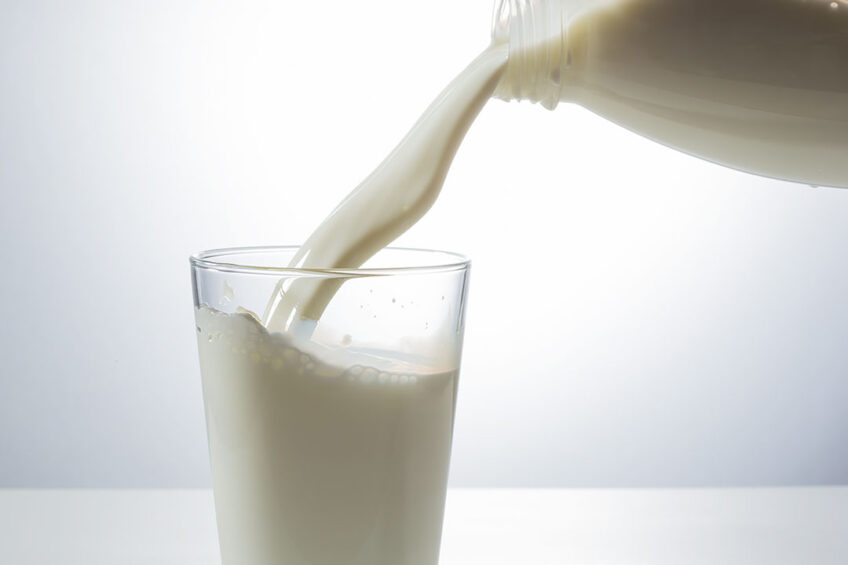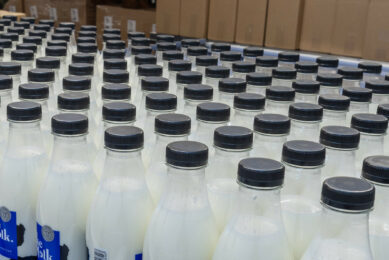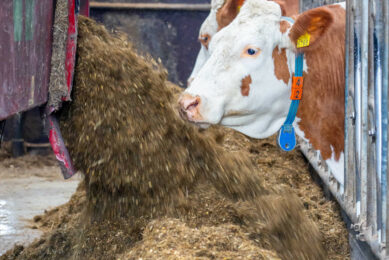India: Vaccination drive to ramp up milk exports

With a view to boost milk and milk products exports, India has chalked out plans to vaccinate all its livestock against foot & mouth disease (FMD) under the Foot and Mouth Disease Control Programme (FMD-CP).
FMD is a highly contagious disease of cloven footed animals, including cattle, sheep, goat and pigs. It is a widely prevalent disease that cripples milk production, as even though India is a largest producer of milk, its milk output per animal is low as compared to global leaders, like the US and New Zealand.
Under this, India will be spending close to USD $1.83 billion (INR 130 billion) in the coming five year period (2019-2024) of which USD $71 million (INR 5 billion) will be spent during the current fiscal year.
According to an Central Statistics Office (CSO) estimate, livestock & fisheries sector contributes 4% and is estimated to be worth USD $70.59 billion (INR 5 trillion).

Government needs to establish disease-free zones
In India over 75% of livestock are with economically underprivileged who are not aware of the FMD problems and its impact on their cattle’s milk output. With the vaccination, farmers can keep FMD at bay and also increase its productivity.
Though for the last few years, states like Andhra Pradesh and Telangana have not reported FMD, but there are states, like UP, Maharashtra and Punjab where extra focus is needed to eradicate FMD, All India Meat and Livestock Exporters Association vice president Fauzan Alavi said.
There is a need to establish disease-free zones in some prospective economic zones like Andhra-Telangana, Maharashtra-Punjab, Gujarat-MP-Delhi, Haryana and UP, Alavi stressed.
Setting up these zones will eliminate losses on account of FMD morbidity and mortality of livestock, and increase superior quality milk production, give skills to farmers through awareness and competence building programmes, increased contribution to national economy from dairy and meat sectors, allow more market access options and better utilisation of existing infrastructure, Fauzan Alavi added.
Inter-ministerial group to implement the vaccination plan
For the implementation plan an inter-ministerial committee has prepared a rural-sector turnaround plan under which a targets have been set. The committee has also recommended phases to cover the entire livestock population, ramping up vaccine production and expanding dairy exports.
Speaking on this, a member of the committee said that even though India is the largest producer of milk, its share in exports is very low due to concerns of FMD in the global markets.
The central government has targeted to cover 300 million unvaccinated bovines, 200 million sheep and 10 million pigs in the first phase of vaccination. As part of the programme, around 36 million female bovine calves will also be vaccinated to protect against brucellosis disease.
On the production front, in a review meeting, government has decided to up vaccine production to 880 million doses, from the current capacity of 480 million doses.
The government has also organised workshops in 687 districts of India to raise awareness on vaccination and disease-free livestock industry.
In addition to this, a National Artificial Insemination Programme is also being undertaken on the orders of the PMO to rear high productivity milch animals, part of Centre’s effort to double farm income.
The report released in 2011 by Indian Council for Agricultural Research (ICAR) has said that India is losing USD $2.5 billion (INR 180 billion) directly and USD $4.91 billion (INR 350 billion) indirectly due to FMD annually.
India’s milk production growing by over 6% every year
India has produced 165.4 million tons of milk in 2016-17 and in 2017-18 it was estimated to be 176.35 million tons. In the last 4 years, milk production has grown by over 6% every year.
According to International Farm Comparison Network (IFCN) Dairy Research Network on average, dairy farmers in India produce 1,248 kg of milk per cow yearly. On the other hand, US produces over 10,000 kg and in Israel, the average yearly milk production by a single cow is nearly 12,000 kg.
The provisional data of the 20th Livestock Census released by the Department of Animal Husbandry and Dairying on 16 October 2019 showed that the livestock population increased by 4.6% to 536 million, as compared to 512.06 million recorded in 2012.
Join 13,000+ subscribers
Subscribe to our newsletter to stay updated about all the need-to-know content in the dairy sector, two times a week.










